We now know all about the plans to create eight new freeports in England, which should benefit businesses who choose these schemes with the hope of generating jobs and much needed inward investment. Occupiers are keen to explore the opportunities and we have already seen requirements in the market that are focused on freeport locations.
While the incentives should help to attract businesses, the benefits for both property investors and landlords are less direct. Freeports fall into two categories: customs and tax sites. To reap the most reward the focus for investors should be on tax sites, where the treasury has allowed for up to 600 hectares at each freeport. Proposed incentives include: Stamp Duty Land Tax (SDLT) relief, Enhanced Structures and Building Allowance (SBA), Enhanced Capital Allowances (ECA), Employer National Insurance Contributions (NICs) rate relief, business rates relief and both simplified and faster planning. There is also the potential to benefit from infrastructure funding to open up sites.
All of these combined provide landlords with a number of key USPs to market their schemes and attract potential occupiers with swifter delivery and shorter voids, while also being better placed to negotiate terms such as smaller rent free periods.
Dependent on nearby competition, there could also be a case for pushing up quoting rents, provided this does not negate the benefits already on offer. After all, time is money and even a slight adjustment to the development appraisal in any of these areas could result in positive pressure on land values.
When it comes to investment, the fact that many of the incentives are limited to a five-year period may not necessarily impact yields, particularly as investors tend to take a longer term view. However, for those with land already situated in freeport locations, the benefits should only serve as a positive when it comes to future development.
Ultimately, freeports are designed to help occupiers when they need it most at the start of a lease, especially for new businesses. When making the decision between a conventional development and an incentivised freeport, it seems for many like an obvious choice.
Further information
Read more: Savills Spotlight: Port-centric logistics
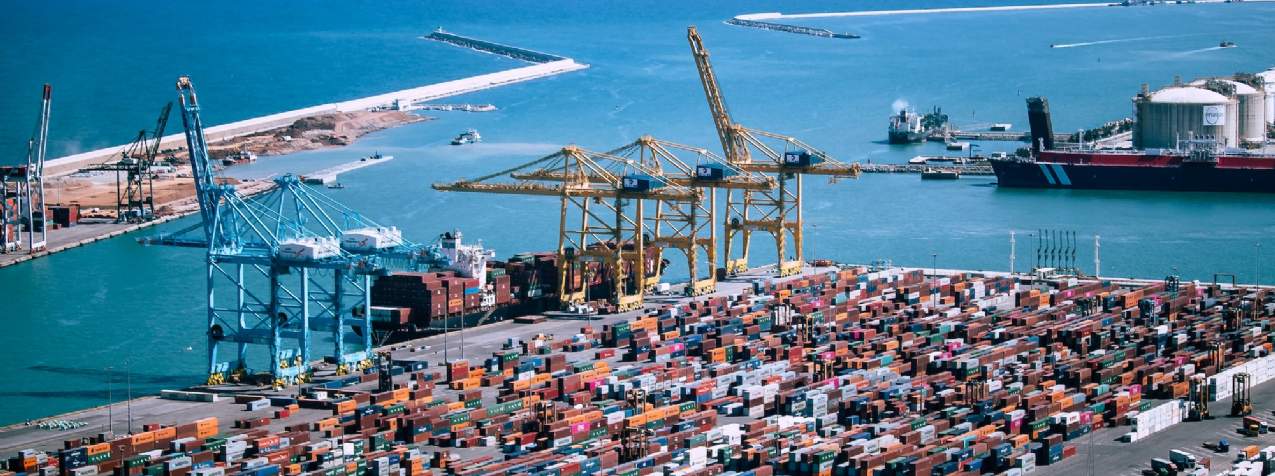

.jpg)
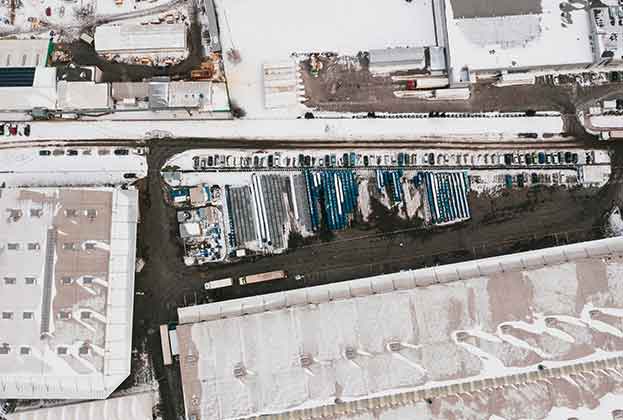
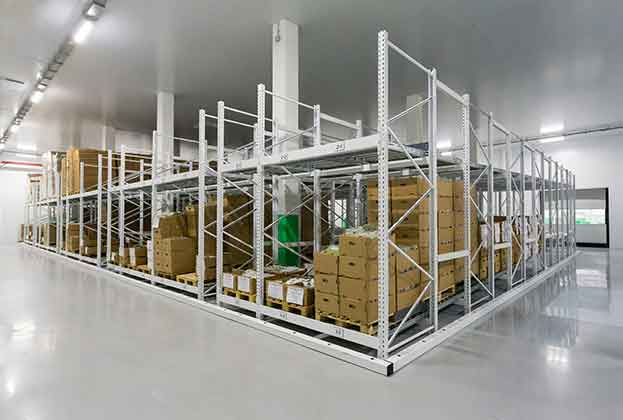
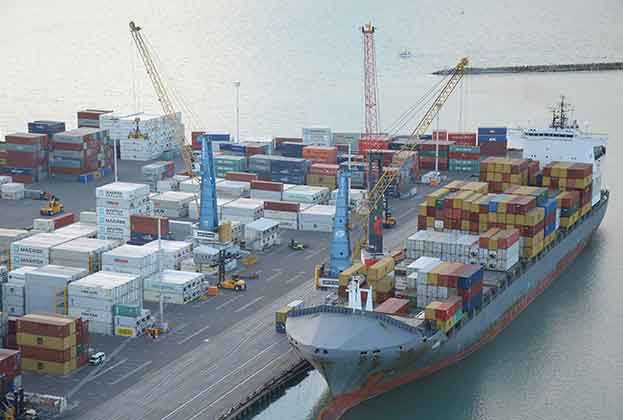
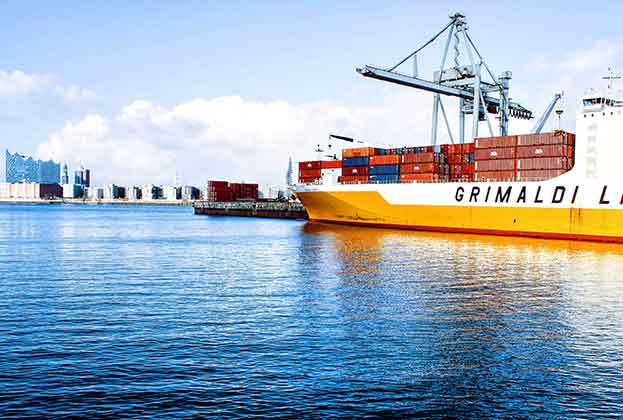

.jpg)

.jpg)